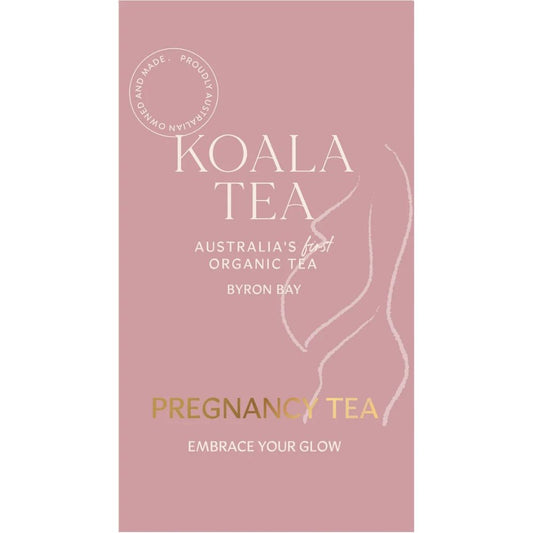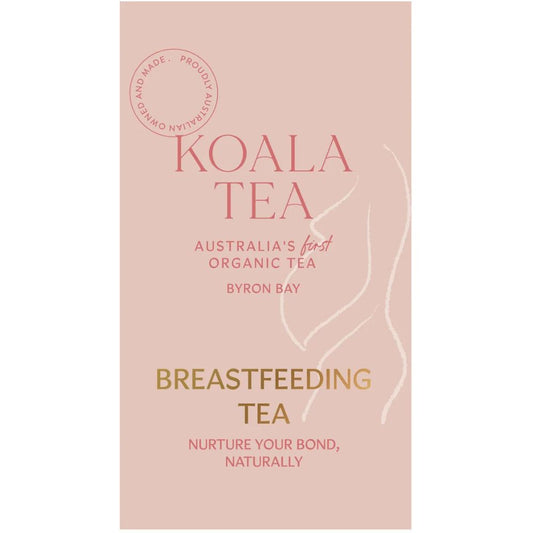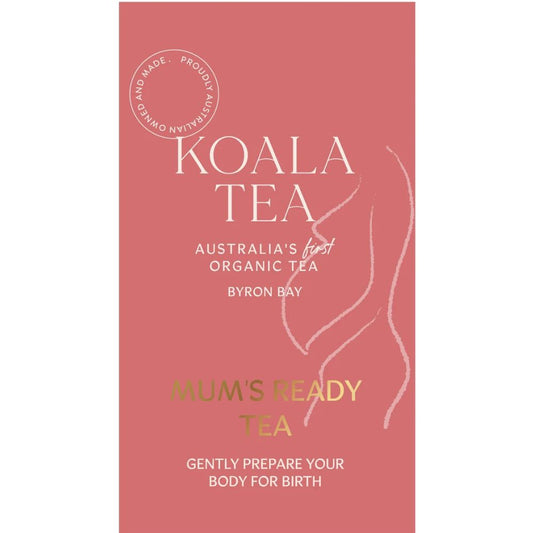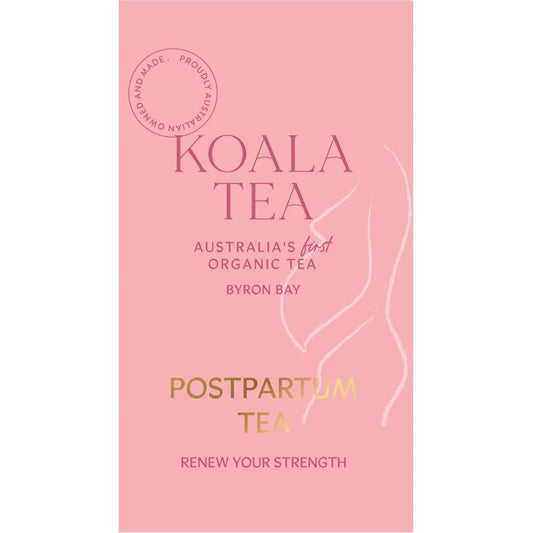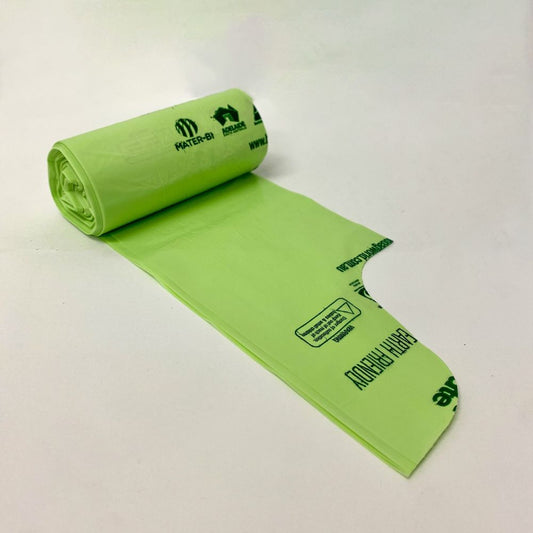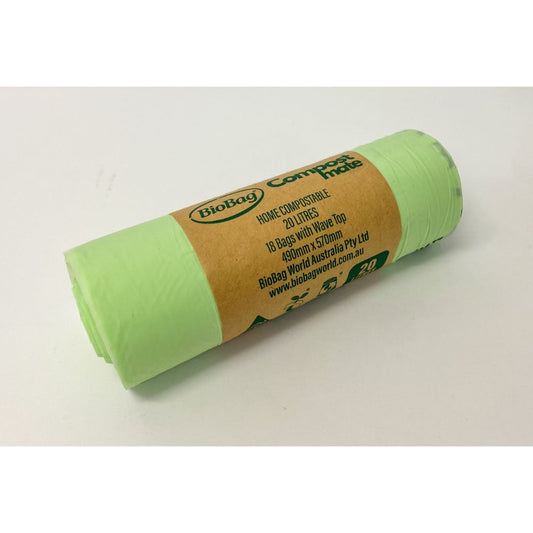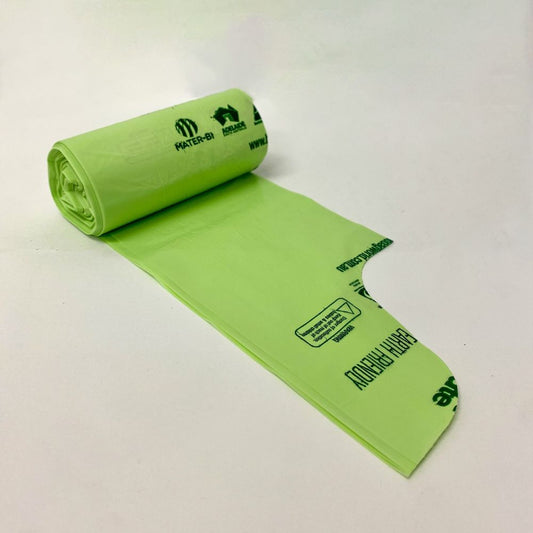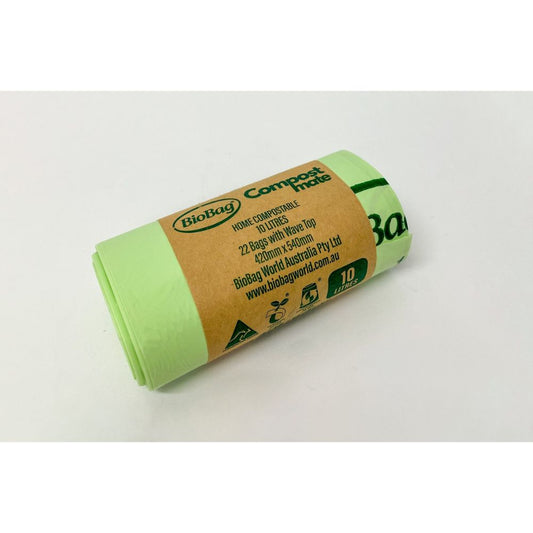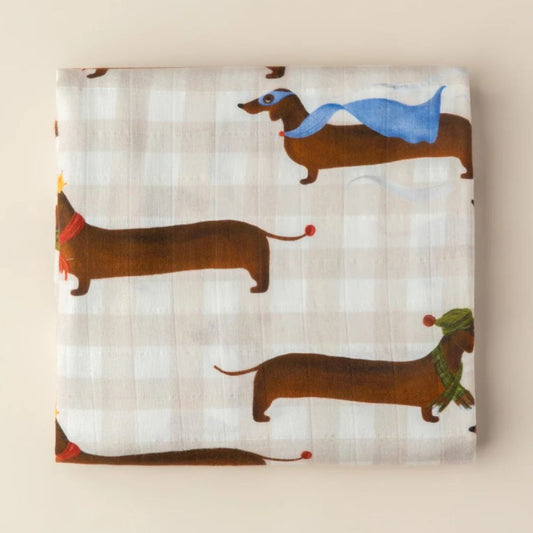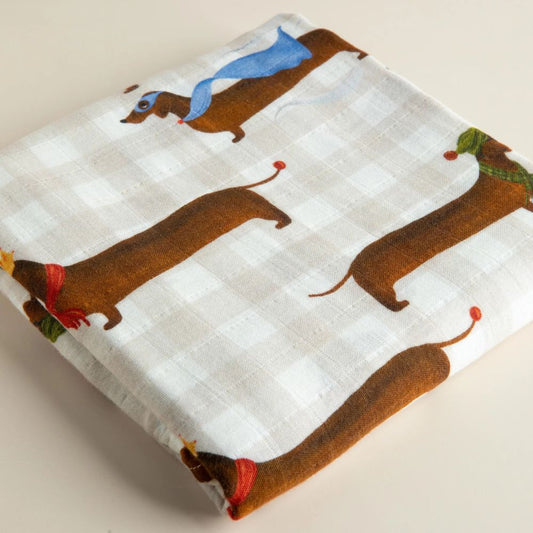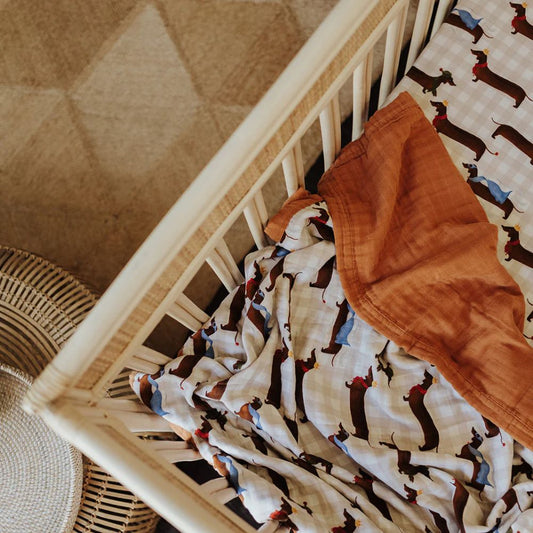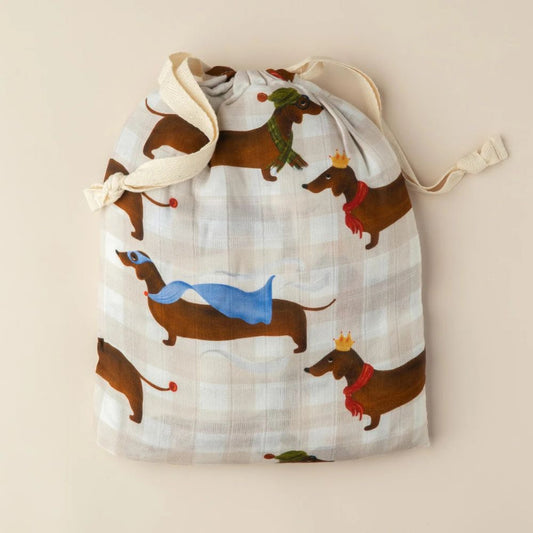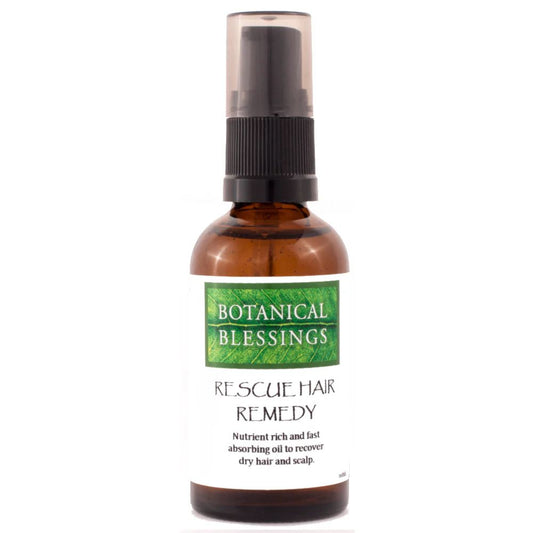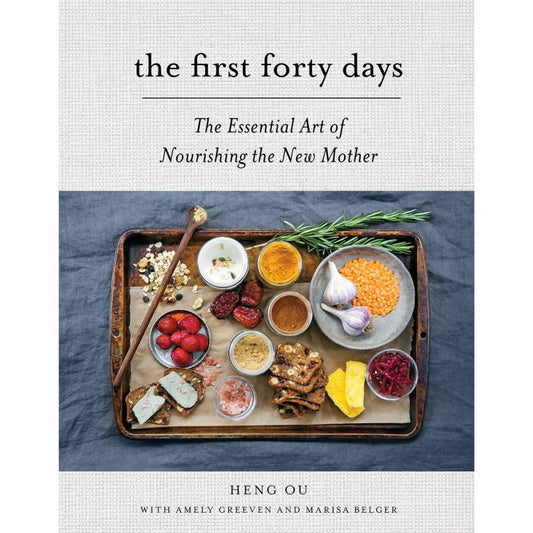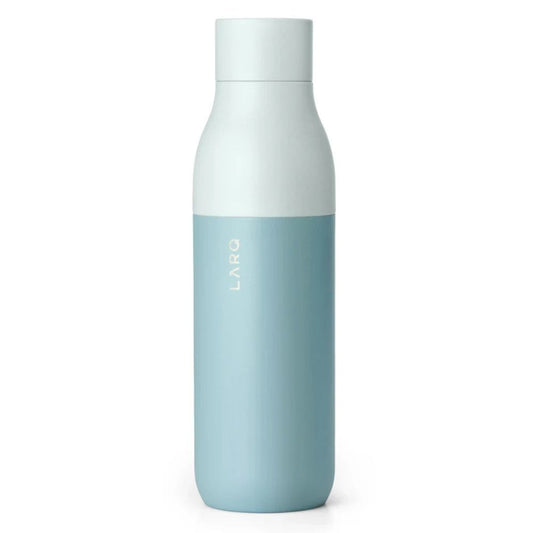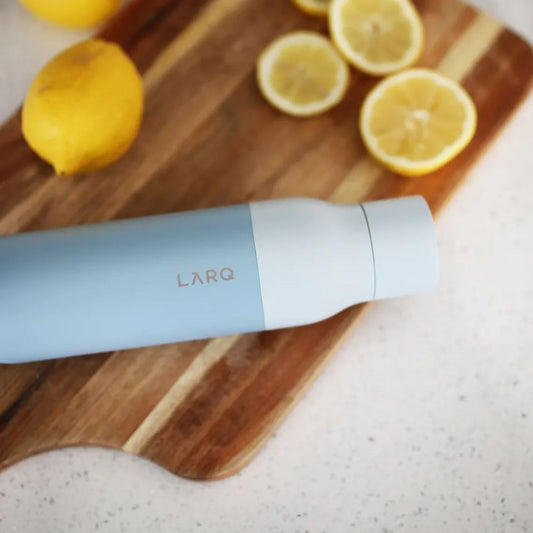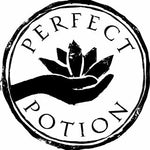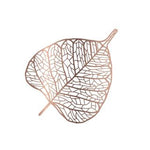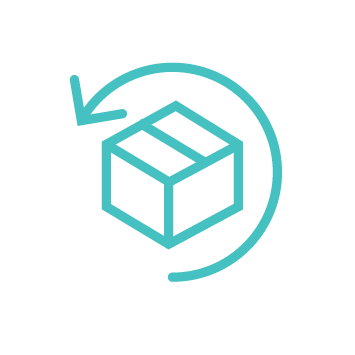Excited to join the thousands of Australians who have gone 'no poo' - ditched conventional shampoo and conditioner and swapped it for something that not only helps you avoid petrochemicals and detergents, saves plastic bottle waste and money too? Read on as we help you get started, how to let your scalp return to its natural oil balance, and give you an idea of what should you expect.
Giving up shampoo and conditioner altogether (going 'no poo')
When using detergent-based shampoos, the chemicals are known to strip the natural oils from your scalp. This may leave your hair feeling fluffy and clean; but, stripping the natural oils means your scalp starts to overproduce oils to compensate. The result? A scalp that is perpetually oily, in need of washing, and bombarded with petrochemicals you and the Earth are paying for. Many devotees have found that once they left their hair alone, stopped stripping away natural oils, their scalp's oil production balanced out. Their hair felt healthier, not oily, and they could go without washing for longer. They also saved money by not buying conventional hair products, and opting for natural alternatives instead. This means fewer petrochemicals entering our waterways and harming the environment.
There are two popular options:
No Poo: Ultimately transitioning to not shampooing at all, only rinsing your hair with water and the occasional vinegar or clay rinse. Low Poo: Using shampoo bars that are based on saponified oils (soap) rather than liquid shampoo that relies on harsh detergents.
5 steps to go no poo
1. Prepare for your oily transition
The transition period starts when you ditch using generic shampoo altogether, and go as long as you can before having to rinse your hair with water. To prepare for this transition, some people leave bigger gaps in between washing with normal shampoo, to get used to less frequent washing. Others like to wash their hair everyday with water. And some people like to go cold turkey from washing altogether. By rule of thumb, it will take at least six weeks for your hair to transition properly. It usually takes this long because your scalp is so used to its oil being stripped, it will be overcompensating for a while. But leaving natural oils sitting on your scalp for longer will make the scalp recognise it doesn't need to produce any more oil. After six weeks, your oil production should dramatically lessen. Once your hair can go a few days without being too oily, you've finished your transition.
2. Help your hair along
There are some things you can do to help your hair through this transition. If you have hard water and chlorine coming out of your shower head, this will affect the health of your hair. Investing in a chlorine shower filter will maintain high water quality and ensure your skin's health too. By manually distributing excess oil away from your scalp, you can nourish longer strands of hair and keep it feeling less dirty. Brushing with a wooden hair brush will drag the oil to the tips of your hair, and will absorb some oil itself.
You can also prepare in advance to make your transition easier. Brainstorm hairstyles and head wear for your particularly oily days. Get rid of your generic shampoo so you're not tempted to use it. Premix and store natural hair products ingredients in your shower so you can easily wash your hair if you need. With some simple tools and preparation, you'll be ready to take your transition head on (no pun intended).
3. Test your hair's porosity
Hair porosity is how well hair absorbs and holds moisture, depending on whether your hair cuticles (or the outer most part of your hair shaft) are open or closed. Knowing how porous your hair is will help with your transition, and will tell you how to look after it better To test your hair porosity, take a bowl of room temperature water, and place a few hair strands of clean hair into the water (so do this before your transition period). Then watch the hair for four minutes. If the hair strands sink immediately, they have high porosity. This means the hair's cuticles have gaps, so they let moisture in and out very quickly. Curly hair is generally more porous than straight, and high porosity makes hair frizzy. Highly porous hair will need some extra love during your no poo transition. Some people like to use coconut oil as a hair oil to prevent moisture loss after showering. If the strands are still floating after four minutes, they have low porosity. This means the hair's cuticles are tight, so they can't absorb moisture. Gentle heat, honey, or clay are great for opening the cuticles and nourishing the hair. Make your own DIY Clay Shampoo Paste here > Coating the hair in rich emollients like shea butter or coconut oil will also moisturise the hair, although this may be best left till after your oily transition. If your strands slowly sink with time, this is normal or medium porosity. This means your hair is healthy, but we recommend testing the porosity again after your transition period, in case your hair needs some extra help.
4. Try natural alternatives
After you've gone as long as you can without washing your hair, you might want some natural alternatives to make your hair feel cleaner. We recommend using diluted apple cider vinegar rinses, as this is the same pH as your scalp; plain water and DIY clay shampoo are also good alternatives. Bi carb and lemon juice are other popular alternatives, but we advise against using bi carb, or baking soda, on your hair. While the natural pH of your hair is 4.5, baking soda's natural pH is 9, so more alkaline. Changing the natural pH of your hair to alkaline opens up the cuticles, damaging the hair in the long term. Castile soap is also a pH9, so we don't advise it for a natural shampoo alternative.
5. No poo doesn't suit you? Go 'low poo'
If natural alternatives and a long transition don't work for you, thousands of Biome customers are very happy with the 'low poo' method - using a shampoo bar. Shampoo bars are made from saponified oils and contain close to nature ingredients. You don't need to use a conditioner afterwards, but you may benefit from an apple cider vinegar rinse. You will also need to give your hair and scalp some time to adjust. We have great natural shampoo bars that don't rely on harsh detergents. Being a soap, they gently and naturally cleanse. Our shampoo bars do not contain palm oil, petrochemicals, are cruelty free and toxin free.
Shampoo bar: no conditioner needed, but some do benefit form an apple cider vinegar rinse.
If you've tried a shampoo bar but didn't like how they left your hair feeling, don't give up, try a solid shampoo and solid conditioner. Solid shampoos and conditioners are detergent or surfactant based, and are basically a solidified version of liquid shampoo, but packaged in paper. They are not the same as a shampoo bar. If you opt for a solid shampoo, you will to follow up with a solid conditioner.
You can learn more about the differences between our shampoo bars and solid shampoos here >
Solid shampoos: follow with a solid conditioner
Solid conditioner: use after a solid shampoo
More tips
Dry shampoo should generally be avoided. While rinsing your hair with water will still leave some oil on your scalp (which is what you want), dry shampoo will absorb all the excess oil away from your head, which is the opposite of what we want. Keep your shampoo bar or solid shampoo or conditioner dry between uses. This will prolong its life, saving waste and money. A Block Dock is a great solution, and can be used for body soap bars and dishwashing bars too. Stick it to the wall with its natural rubber suction cap.





